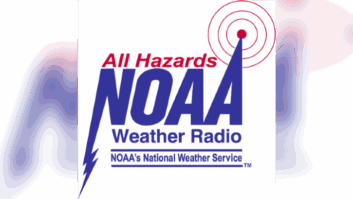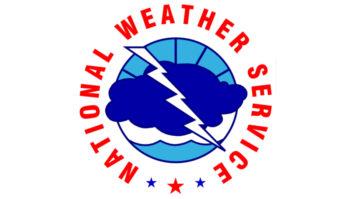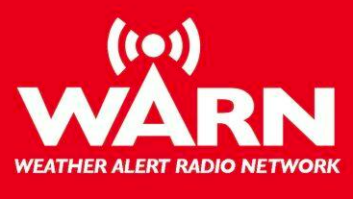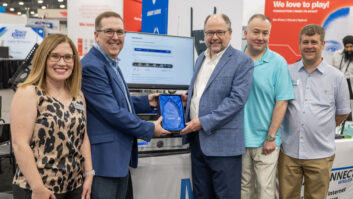Figures
(click thumbnail)Fig. 1: What were you saying about 1/4-inch radial ice? This view is atop Mount Washington.
(click thumbnail)Fig. 2: Invest in your safety. Buy a Volt pen like the Fluke model shown here to detect hazardous voltages.
(click thumbnail)Fig. 3: Use Excel for hard-drive system layout.
(click thumbnail)Fig. 4: Syndicated program time schedules can be modified easily in the spreadsheet format
Bob Perry is chief engineer for Citadel’s Maine and New Hampshire stations. This includes WHOM(FM), with facilities atop Mount Washington, one of the most inhospitable places on earth.
There’s a Web site for the Mount Washington Observatory, also on the summit. Go to www.mountwashington.org for a sample of the weather. Let me know of your own interesting Web sites or Web cams at interesting broadcast locations.
Fig. 1 shows the WHOM antenna and transmitter building during one visit Bob made this winter. He writes that the roads normally open some time in May!
Snow and ice can threaten broadcast engineers. From iced antennas to fallen power lines, the list of problems is endless. Read on to see how one engineer fought back.
* * *
Steve Callahan is with the WBUR Group in Boston and contributes to RW Engineering Extra. For several years, Steve has found that regular spraying of the windshield treatment Rain-X, a brand of glass treatment, on a satellite dish really keeps ice and snow from building up in the dish.
Sleet and freezing rain won’t lodge in the bottom half of the dish. With the Rain-X treatment, the icy mixture just slides out. Thanks, Steve, for a great tip to keep those syndicated programs on the air.
* * *
We predicted that a mention of using Belden 8451 to run AC would make Steve Lampen cringe but not surprise him. We were right.
Steve adds some interesting facts. Look in the Belden catalog and you will find that 8451 is rated to 300 volts. On page 22.4 of its Master Catalog, and also online, is a table that shows current limit of any cable based on (1) the gauge of the conductor, (2) the number of conductors, (3) the ambient room temperature and (4) the melting point of the jacket.
For 8451 the specs are 22 AWG, two-conductor. Let’s say room temperature is 70 degrees Fahrenheit or 21 Celsius. The melting point is 167 F/75 C. These easily allow a rise in temperature of 95 F/35 C on the wire, and it won’t be even near its melting point. The Belden chart shows a decent 5 Amps.
Yes, a 600-watt, 120-volt light bulb!
Steve’s caveat is that this does not address safety considerations, but the cable could work and wouldn’t melt or otherwise fail. Amazing, isn’t it? What’s more amazing is that people have used the shielded audio cable in this manner.
* * *
Brian Edwards is engineering and operations manager for New World Radio in Washington. Reading about unique uses for Belden 8451 and West Penn 291 brought a bad flashback to a Richmond station where he was doing some side work.
Brian found 8451 in use in a rack as a power line for a 120V on-air light. “Thank goodness for insulated dikes,” he writes, adding that since that flashing experience, he’s carried an inductive voltage detector in his tool bag, as seen in Fig. 2.
The tip of this handy tool glows red when substantial AC voltage is sensed. It makes for a quick check before wires are cut or removed. Thanks, Brian, for the jolting memory that many of us have experienced, and a safe tool to prevent a repeat of the experience.
* * *
Drew Henderson is the assistant chief of the Mid-Michigan Radio Group and works in Lansing. When Drew and his boss installed Scott Studios SS32s on all four of the stations in the building two years ago, he used Microsoft Excel to create a template for each type of switcher they would be using. Fig. 3 shows the template they used.
Drew was able to plan everything out before the purchase and ensure there was room for the expansion. Later, Excel came in handy when the studio for rock station Q106 was planned. Excel helped Chief Engineer Kevin Larke and the Q106 PD lay out the console even before it arrived. If a change has to be made, it can be done faster on the computer than with a pencil and paper.
Drew also uses Excel for inventories, adding time to make sure syndicated show segments will fit within the allotted time on satellite-fed stations, as shown in Fig. 4. He uses the program to map out Cat-5 patch panels and audio punch blocks and create transmitter logs and company purchase orders.











